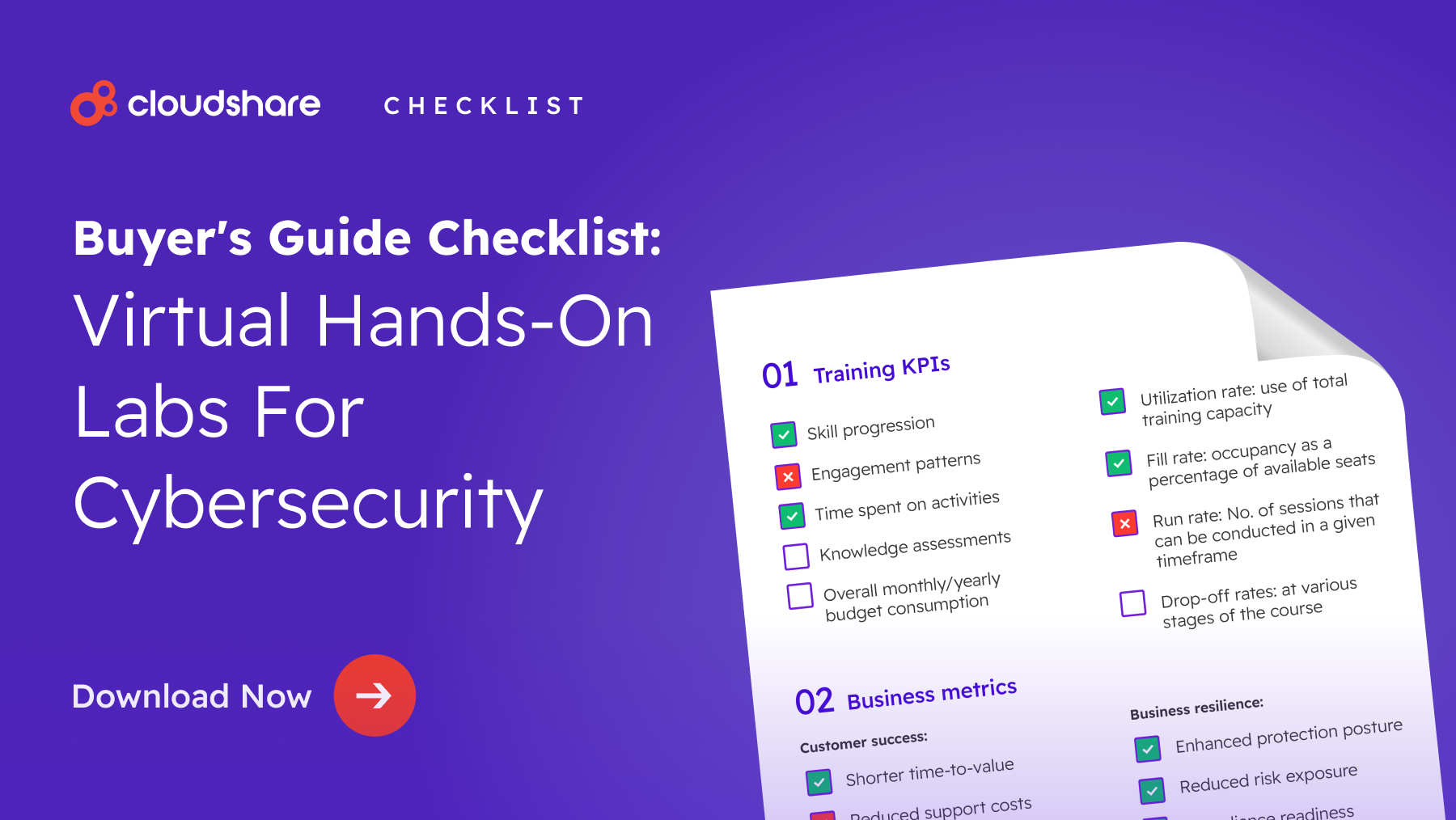Glossary
Customer Training Platform
When you think of business training, you almost always imagine employees taking courses to improve workplace productivity and jump-start professional development. However, education for a company’s customers is just as crucial to success.
A customer education platform is integral to any organization’s training repertoire. Here’s how to implement training resources for customers and how they contribute to a more positive customer experience.
Why Would Customers Need Training Anyway?
Customers stay with your company as long as they continue to receive value from your products and services. Sometimes, they need assistance in getting to that value. Customer education is the practice of helping clients use your products to the fullest extent, and doing so improves the customer experience and increases retention rates.
Markets today are more competitive than ever. If your customers aren’t satisfied with your offerings, they have plenty of alternatives to turn to. Supporting your clients with training is one of the best ways to differentiate yourself from other service providers in your industry.
Customer training is especially vital in markets with complicated products and services. For instance, the software market requires extensive training for users to get the most out of complex features.
How Do Customer Training Platforms Contribute to More Positive Customer Experiences?
You can’t expect clients to succeed if you just throw manuals and brochures at them. Instead, use a customer education platform to deliver that content in an organized, structured, and understandable way. Customers will be more likely to engage with your training this way.
Businesses use Learning Management Systems (LMSs) for customer training purposes. These tools, which are essential for any customer education program, help companies:
- Product and publish educational content for clients
- Use a variety of formats, from documents to PowerPoints, training videos, interactive tutorials, and assessments
- Combine self-paced learning with instructor-led courses
- Track the progress of participants
- Offer certifications upon successful completion of coursework
- Promote their training programs via email, webinars, social media, and other avenues
What’s the result of picking up a customer training platform? You can expect improvements to your customer satisfaction rates, including:
- A more efficient customer onboarding process, which accelerates product adoption and raises the success of your next big product.
- Reduced churn rates, meaning your clients will stay loyal to your brand. Training proves that your company cares about their success, and they can get more use out of your product’s features through training.
- Less work for customer support teams. Customers with experience in your solutions are less likely to rely on customer support for assistance. The result is a reduced workload on your technical support teams.
- Opportunities for advertising. Training programs are the perfect opportunity to upsell to your customers.
- Identifying ways to improve. If participants are constantly getting hung up on certain features or tutorials, then you can analyze that data to find out how you can improve the usability of your product.
Training improves the chances that your customer experiences are positive ones, which in turn results in more loyal clients who might even become outspoken advocates for your brand. You’ll find that training serves a role in customer acquisition as well as retention in some instances.
Best of all, you don’t have to build an entire platform from the ground up to take advantage of these benefits. Online customer training platforms are the fast way to get started.
How Do You Choose the Right Customer Training Software for Your Customer Experience Initiative?
The important distinction to make here is that consumer-facing training is fundamentally different from internal training you provide to employees. Staff is under obligation to engage with your content, while consumers primarily do so on their own accord. Customers are also probably paying for the training, while staff receives it as part of their jobs.
That’s why a training platform optimized for professional or academic settings may not be ideal for customer training specifically. But with so many options out on the market, choosing a customer training LMS can be a challenge. Here are the main factors to look for during your search.
- Intuitive design. Customer training must be engaging and easy to use. Even with the most attractive content available, a clean user interface is still paramount for presenting it.
- Customizable experiences. Make your courses feel “at home” by customizing the look and feel of your training platform. Try to go beyond just uploading your company logo; match the general design language of your business with your training platform for a more memorable experience.
- Discoverability. Customers must have control over the learning experience, both to minimize frustration and boost knowledge retention. To that end, choose a training platform with features like content search functions for easy reference. Organize content into linear courses, or categorize them by role or skill level. Some platforms can even recommend courses automatically based on a participant’s needs and preferences.
- Content accessibility. The less effort it takes to engage with your content, the more likely customers will continue to work with you. And it’s no secret that more people nowadays prefer mobile devices. Training platforms with mobile compatibility bring the learning experience on the go, making it easy for customers to fit training around their schedules.
- Scalability. Your customer base will hopefully grow over time, especially as word of your excellent training resources spreads. A scalable training platform is necessary to keep up with changing demand, as you don’t want to fall behind when new clients want to jump in.
- Integration compatibility. Customer learning platforms benefit immensely from working cohesively with your other tools and services. Integration support allows third-party applications to interact with the training platform directly, sharing data and analytics. Some examples of useful integrations include eCommerce tools like Salesforce and Docebo.
- Gamification. The same tactics video games use to engage their players can actually be applicable to customers during training sessions. When you give a customer an achievement for passing an examination or a certification upon completion of a course, it motivates them to continue learning. Gamification can be a tricky feature to implement, but the most experienced training platforms support it.
- Robust analytics. Use this opportunity to collect customer data. For example, use the tracking features of your training software to collect feedback from participants. What lessons are working out the best, and which ones need improvement? What fields do customers want to learn more about? You can answer these questions by collecting usage metrics for each course in your repertoire.
You don’t necessarily need deep coding skills to pull off impactful customer training, either. Service providers like CloudShare have finished the heavy lifting for you, giving you access to a low-code or even zero-code solution.
Empower your customers with the right knowledge and skills, and they’ll maximize the value they get from your products and services. Training is one of the most potent ways to build a positive relationship with the customer, so hit the ground running today by adopting a customer training platform.


